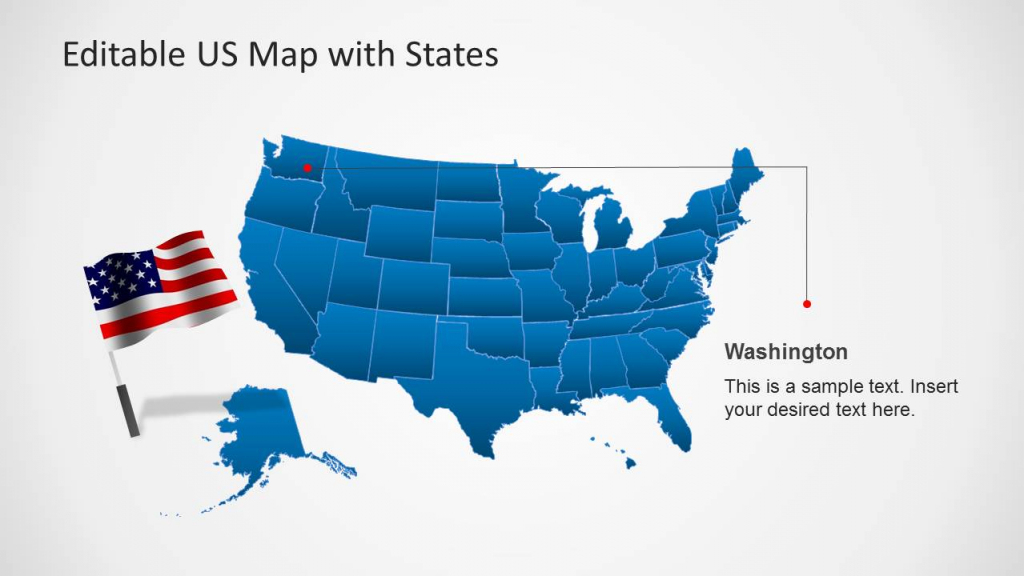

Three years later, in 1998, Jay Resop started the first sprite comic, Neglected Mario Characters. Though the genre was popularized by PvP, the first video game webcomic was Chris Morisson's Polymer City Chronicles, which started being published on the World Wide Web in 1995. In 1995, Dilbert became the first syndicated comic strip to be officially published through the Internet. Big Panda's discontinuation resulted in the formation of Keenspot in 2000. Big Panda hosted over 770 webcomics, including Sluggy Freelance and User Friendly, which started in 1997. The first major webcomic portal, Big Panda, started in the second half of the 1990s. By the end of 1995, there existed hundreds of webcomics, most of which were derived from college newspaper comics, and most were short-lived. At this point, fans of traditional comics such as Calvin and Hobbes started sharing such copyrighted comic strips on the internet. Webcomics popular on the internet in January 1995 included NetBoy, Aaron A. The same year, an artist going by the name Eerie created a webcomic on bulletin board systems using ANSI art, titled Inspector Dangerfuck. The two of these were the first known webcomic created outside of the United States. In November 1994, Reinder Dijkhuis started publishing Rogues of Clwyd-Rhan on the World Wide Web. Mid-1994, the Finnish Comics Society launched a collection of webcomics by various authors, initially under the label "NetComics". Soon, this effect was recreated by simple HTML, such as with Argon Zark!, which launched in June 1995 and is occasionally listed among the earliest comics to be published on the World Wide Web. Using JavaScript, it was the first webcomic to implement a "page turning" interface that encourages readers to read the comic in order. Campbell described Doctor Fun as the "first regular web comic", as NetBoy did not have a regular schedule during its first year. The first strip of David Farley's Doctor Fun was uploaded on September 23, 1993. Despite these limitations, Huyler pioneered the concept of infinite canvas, uploading strips in shapes and sizes impossible in print. In response to the webcomic's increasing popularity, Huyler built a stronger server himself. Despite the small size of Huyler's early NetBoy comics (10 kilobytes), the server it was hosted on would crash when the strip got over six visits per second. Huyler later started the spin-off comic U.Nox, about system administrator Uri Noxen. Being described as an early example of nerd humor, the stick figure comic made frequent references to technical topics most people with an Internet connection at the time would have knowledge of. The first strip of Stafford Huyler's NetBoy was uploaded on the World Wide Web in July 1993. Even in 1995, cartoonist Dominic White published his comics The Internet Explorer Kit for the Macintosh and Slugs through Gopher rather than the World Wide Web, despite the latter rapidly gaining popularity. Sharing the comic through the Internet, its readership extended through a few states. Hans Bjordahl, student at the University of Colorado at the time, started posting Where the Buffalo Roam on Apon Usenet, in GIF and PostScript format. During this period, it was unclear which systems would turn out to be the most successful. In the early 1990s, cartoonists at various United States universities produced comics through various Internet protocols. Fox was eventually renamed Thadeus and started featuring regularly drawn strips, before Ekaitis stopped updating the comic in 1998. Early strips consisted of one panel each and were drawn as pixel art on a Commodore 64 KoalaPad, first using KoalaPainter, then Advanced OCP Art Studio. Initially published on CompuServe, Ekaitis moved on to Q-Link and GEnie as the internet grew.

Fox was a furry webcomic that started in 1986. Witches and Stitches quickly rose to popularity, inspiring other artists to upload their works as well. By self-publishing on the internet, Millikin was able to share his work without having to worry over censorship and demographics.

The earliest known online comic was Eric Millikin's Witches and Stitches, which he started uploading on CompuServe in 1985. Eric Millikin created the first known webcomic.


 0 kommentar(er)
0 kommentar(er)
